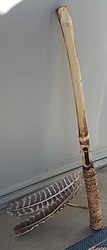
The Native American Trade refers to the historic trade between the Indigenous people of North America, First Nations in Canada, and European settlers. The period begins before the colonial period, continuing through the 19th century and declining around 1937.

The Mono are a Native American people who traditionally live in the central Sierra Nevada, the Eastern Sierra, the Mono Basin, and adjacent areas of the Great Basin. They are often grouped under the historical label "Paiute" together with the Northern Paiute and Southern Paiute – but these three groups, although related within the Numic group of Uto-Aztecan languages, do not form a single, unique, unified group of Great Basin tribes.

The Patwin are a band of Wintun people in Northern California. The Patwin comprise the southern branch of the Wintun group, native inhabitants of California since approximately 500.
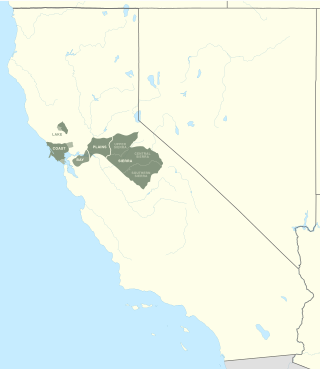
The Miwok or Miwokan languages, also known as Moquelumnan or Miwuk, are a group of endangered languages spoken in central California by the Miwok peoples, ranging from the Bay Area to the Sierra Nevada. There are seven Miwok languages, four of which have distinct regional dialects. There are a few dozen speakers of the three Sierra Miwok languages, and in 1994 there were two speakers of Lake Miwok. The best attested language is Southern Sierra Miwok, from which the name Yosemite originates. The name Miwok comes from the Northern Sierra Miwok word miw·yk meaning 'people.'
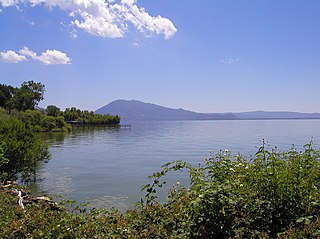
The Lake Miwok are a branch of the Miwok, a Native American people of Northern California. The Lake Miwok lived in the Clear Lake basin of what is now called Lake County. While they did not have an overarching name for themselves, the Lake Miwok word for people, Hotsa-ho, was suggested by A. L. Kroeber as a possible endonym, keeping with a common practice among tribal groups and the ethnographers studying them in the early 20th Century and with the term Miwok itself, which is the Central Sierra Miwok word for people.

The Plains and Sierra Miwok were once the largest group of California Indian Miwok people, Indigenous to California. Their homeland included regions of the Sacramento Valley, San Joaquin Valley, and the Sierra Nevada.

Stephen Powers (1840–1904) was an American journalist, ethnographer, and historian of Native American tribes in California. He traveled extensively to study and learn about their cultures, and wrote notable accounts of them. His articles were first published over a series of years in the Overland Monthly journal, but collected in The Tribes of California (1877) published by the US Geological Survey.

Kuksu was a religion in Northern California practiced by members within several Indigenous peoples of California before and during contact with the arriving European settlers. The religious belief system was held by several tribes in Central California and Northern California, from the Sacramento Valley west to the Pacific Ocean.
Maidu traditional narratives include myths, legends, tales, and oral histories preserved by the Maidu, Konkow, and Nisenan people of eastern Sacramento Valley and foothills in northeastern California.
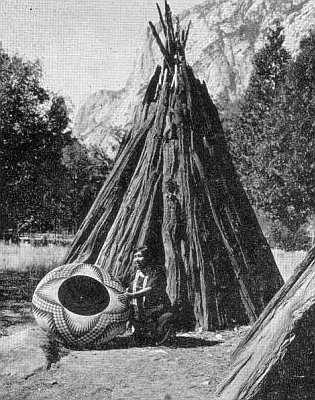
Lucy Parker Telles was a Mono Lake Paiute - Kucadikadi and Southern Sierra Miwok Native American basket weaver.
Samuel Alfred Barrett was an anthropologist and linguist who studied Native American peoples.

Julia Florence Parker is a Coast Miwok-Kashaya Pomo basket weaver.

Indigenous peoples of California, commonly known as Indigenous Californians or Native Californians, are a diverse group of nations and peoples that are indigenous to the geographic area within the current boundaries of California before and after European colonization. There are currently 109 federally recognized tribes in the state and over forty self-identified tribes or tribal bands that have applied for federal recognition. California has the second-largest Native American population in the United States.
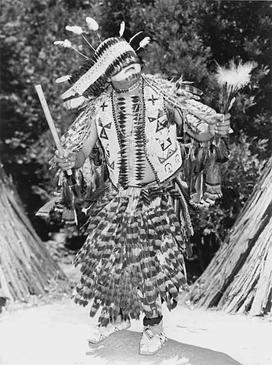
Christian Jorgensen Brown (1896–1956) was a Native American dancer and costume maker who performed under the name Chief Lemee. Brown was active in Yosemite Valley from the 1920s to the 1950s.
Frank Raymond LaPena, also known as Frank LaPeña and by his Wintu name Tauhindauli, was a Nomtipom-Wintu American Indian painter, printmaker, ethnographer, professor, ceremonial dancer, poet, and writer. He taught at California State University, Sacramento, between 1975 and 2002. LaPena helped defined a generation of Native artists in a revival movement to share their experiences, traditions, culture, and ancestry.
Lucy Shepard Freeland (1890–1972) was an American linguist who pioneered the study of Miwok languages. Though she adopted the name Nancy in everyday life, she continued to publish as L. S. Freeland. A student of Alfred Kroeber, she was married to the writer Jaime de Angulo from 1923 to 1943, and the pair collaborated on studies of Native Californians in the 1920s and 1930s. Freeland's Languages of the Sierra Miwok (1951) has been praised as "one of the finest grammars of any California Indian language". The book contains the earliest known use of the term code-switching.
